Tech Tuesday: Crestron VC4 Control System
Welcome back to Tech Tuesday! Today we’re featuring a new product from one of the manufacturers we work with most: Crestron! If you’re familiar with our project highlights, you know that Crestron control systems are at the heart of a lot of the AV systems we install.
Today we’re taking a look at the Crestron Virtual Control system—a control system that doesn’t require a specific hardware piece for control! VC4 is a centralized, server based alternative to the usual rack-mounted control processors that were pretty much everywhere, say, 5 years ago.
Virtualizing the control system has some pretty great benefits for large installations and organizations—but before we get to that, let’s go over how it works.
When Crestron came out with their 4 Series control processors in 2020, they had one simple goal: to make it simple to control any device, anywhere—as long as it has a network connection. It’s an understandable goal, considering the overall move to AV being transmitted over Ethernet protocols. But, if everything you’re communicating with is already networked, then why bother with the box at all? This is where Virtual Control comes in. With the ability to run control programs on a server, any server, setting up AV systems across multiple rooms, or even entire facilities, becomes far easier than transferring programs between individual control processors.
Easy deployment isn’t the only benefit of the VC4 system, however. With Virtual Control being able to be run in a virtualized environment, it makes control system redundancy far easier to set up than with a traditional control system, and for network-connected control systems, the whole thing can be managed completely remotely through Crestron XiO Cloud.
Now, you might be thinking “this is wonderful and fantastic and all, but what about stuff that doesn’t connect to the internet? How do you control that?” Thankfully, Crestron has a solution for that, too. The CEN-IO control modules can communicate with Virtual Control over either WiFi or wired Ethernet, and allow standard analog inputs and outputs into your control system—via the RS232 protocol, infrared emitters, or digital IO. This also comes with the added benefit of increased redundancy: if a port fails, the only thing that needs to be switched is the extender module, which is far easier and less expensive than switching a typical hardware processor.
Despite its similarities to a regular 4 Series Control Processor, VC4 does have some downsides: because the software is run on a virtualized server, it requires more IT resources that smaller organizations may not have. However, for larger organizations looking for increased redundancy and easier deployment for large offices, Virtual Control can save you time and money.
We’ve been proud to partner with Crestron on many, many projects over the years, and we’ve had lots of success deploying VC4 in systems across Canada. If you’re interested in exploring how Virtual Control could work for you, drop us a line!



